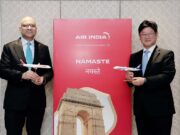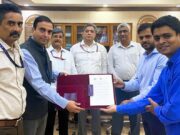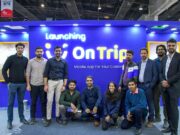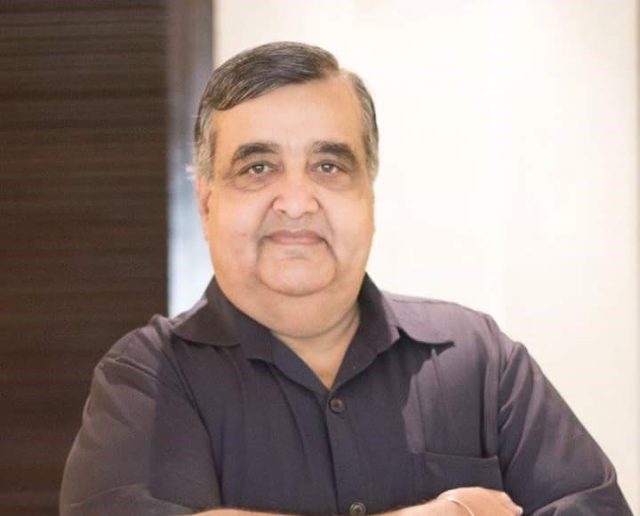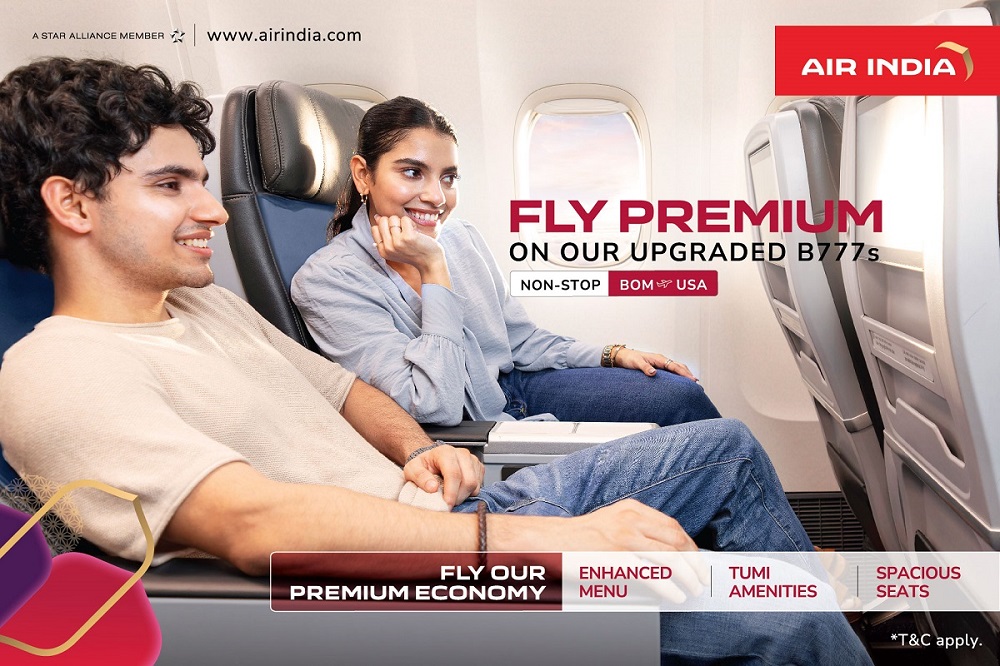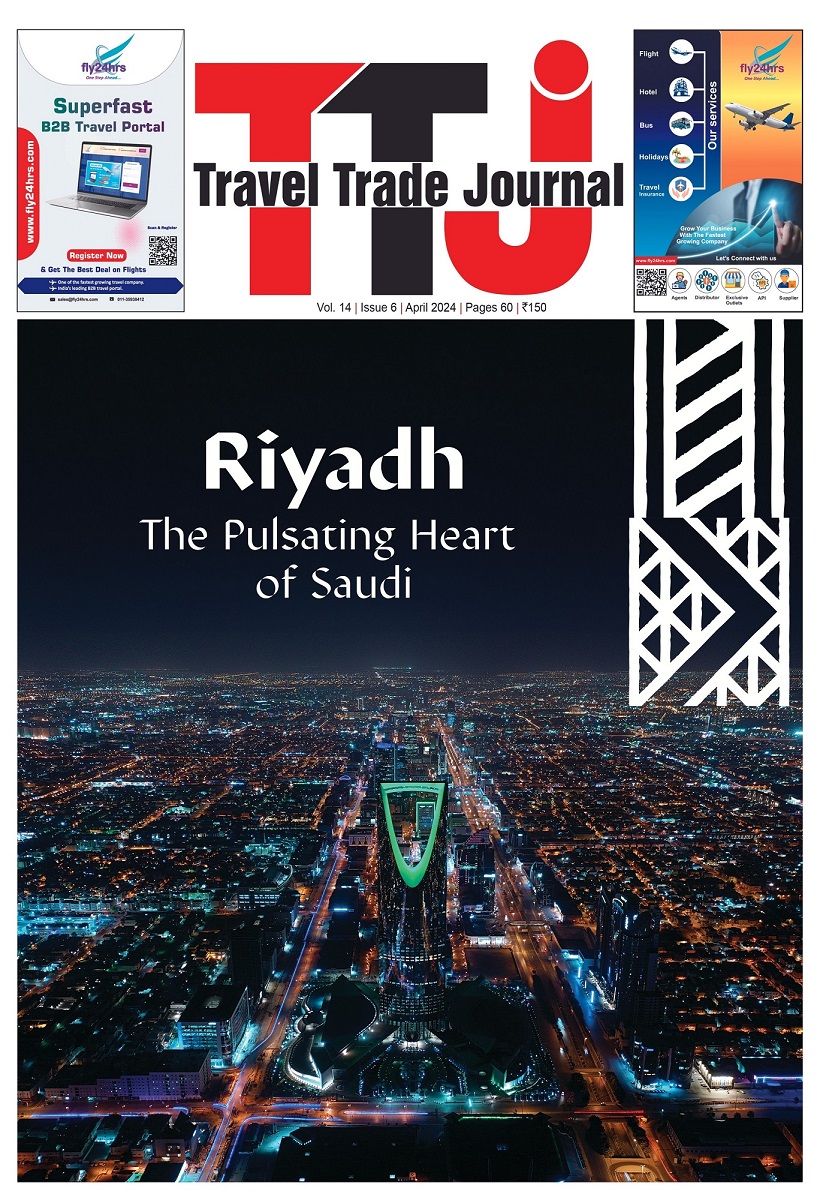In the current landscape of slow-paced inbound tourism, Rajiv Mehra, President, Indian Association of Tour Operators (IATO), highlights critical challenges and opportunities. From the closure of Indian tourism offices overseas to concerns about reduced budgets and geopolitical hurdles, Mehra outlines the multifaceted issues impacting inbound travel. With a call for proactive government intervention and a strategic framework, Mehra provides insights into the transformative initiatives, challenges, and hopes to shape the future of the Indian inbound tourism industry.
– Prashant Nayak
The closure of the last seven Indian Tourism Offices (ITOs) overseas in 2023 could have a profound impact on Indian tourism, particularly on inbound travel, due to the decline in the promotion and visibility of India as a tourist destination abroad. Additionally, the significant reduction in the budget allocation for overseas promotion and publicity, including market development assistance, in the Budget 2024–25 is alarming. The allocation has seen a staggering decrease of 97 per cent, plummeting to Rs 3 crore from the previous budget’s allocation of Rs 95 crore. These factors collectively create a challenging environment for promoting India as a tourist destination internationally, negatively impacting inbound travel to India.
A Call for Proactive Government Action
The current situation of inbound travel in India highlights several impediments necessitating proactive government intervention. In their communication to the Honourable Prime Minister, IATO outlined two critical issues. Firstly, there is a noticeable absence of promotion in both electronic and print media channels, resulting in a lack of visibility for India’s tourism offerings. Secondly, the absence of a familiarisation tour (FAM) and roadshows compounds the challenge, exacerbated by the unavailability of funds for such essential promotional activities. “It is imperative that immediate action be taken to address these concerns. We risk remaining unnoticed without a concerted effort to amplify our presence on the global stage. It is crucial to initiate promotional activities promptly, as without a substantial external presence, attracting attention and participation will prove challenging,” says Mehra.
Concerns Over Interim Budget 2024–25
While speaking about the interim budget 2024–25, Mehra was vocal by saying that there is nothing much for the tourism industry except the government giving an interest-free loan to the states to develop the tourism sites and for advertisements and marketing, which can drive some tourism. However, amidst the uncertainty of state participation in the interest-free loan for tourism development, Mehra expressed his reservations, emphasising that the funds allocated in the increased Ministry of Tourism budget (from 1692 crores to 2450 crores) primarily lack substantial support for international market promotion. With a meagre Rs 3 crore designated for overseas promotion, Mehra believes prospects for government-funded initiatives like FAM tours to attract international travel agents are dim. He pointed out that focusing on developing spiritual tourism, including the ambitious project for the Lakshadweep Islands, requires a considerable timeline of at least three years for fruition.
Tactical Framework
According to Mehra, the existence of overseas Indian tourism offices is paramount in the inbound tourism strategy. Already, with the foreign offices of India’s overseas promotion being closed, many tour operators have removed India from their travel brochures altogether.
Mehra proposes a nuanced approach, suggesting a selective opening rather than activating all 16 offices in the earlier locations. To optimise functionality, the experienced workforce composition should consist of 75 per cent personnel from the Ministry of Tourism and 25 per cent from the respective state government tourism departments, leveraging their expertise. These designated officers should operate within embassies, functioning under the guidance of the ambassador or high commissioner. This strategic deployment is crucial for success, as it ensures collaboration with local experts and aligns efforts with the broader diplomatic mission.
Drawing Inspiration from Global Success
A compelling example is Saudi Arabia, where substantial investments underscore the importance of such initiatives. In the past year, Vietnam has witnessed a remarkable surge, with 30 daily flights connecting various Indian locations, showcasing a robust and successful initiative. The key to their achievement lies in comprehensive advertising efforts. Mehra mentions, “To replicate such success, our strategy should prioritise a similar promotional approach. Currently, we grapple with challenges such as steep airfares, both internationally and domestically, along with high hotel rates. While government influence may be limited to pricing matters, it can be pivotal in addressing crucial aspects like effective international promotion. By actively supporting initiatives that enhance visibility and attract travellers, the government can significantly contribute to overcoming existing challenges. Once we implement these measures, there is a strong likelihood that inbound tourism will experience a notable resurgence.”
Rebuilding Trust and Confidence
Currently, there are other challenges, like limited access to Chinese markets despite the Chinese government granting tourist visas to Indians. Unfortunately, reciprocity is lacking, as India has not extended the same openness for tourist visas to Chinese, besides all other visas. Mehra says, “Situations like these need urgent resolution, especially considering the normalisation of the situation after COVID-19. Furthermore, our dealings with Ukraine have experienced a significant downturn, witnessing a substantial decline of 50 to 60 per cent. A similar impact is evident in our connections with Russia. The vibrant business we once enjoyed has diminished considerably. Moreover, disruptions in visa issuance from Canada over a two-month period further exacerbated the situation. Concerns about geopolitical tensions or unforeseen events, such as conflicts or other disruptions, contribute to this hesitation. These circumstances have created an environment of uncertainty, causing a reluctance among European counterparts and even from Israel to travel to India. Addressing these issues promptly is imperative to regain stability and confidence in our international business interactions.”
Hopeful for Inbound Tourism Recovery
Initially, IATO’s projection for March 2024 was to attain the tourism figures of 2020, assuming the situation improved. However, as the association assesses the current scenario, Mehra thinks that even by March 2025, matching those 2020 figures seems like a considerable achievement given the challenges faced. The recovery process is gradual, and some sectors, like transportation, continue to grapple with shortages and elevated prices. Moreover, the inbound tourism sector is yet to fully rebound, and the absence of incentives, which were withdrawn in 2020, poses an additional hurdle. “In our communications with the government, we have advocated for reinstating these incentives for the tourism sector. Specifically, we propose a sustained support plan for at least the next five years, enabling us to conduct effective propaganda and advertising campaigns abroad. As we navigate these complexities, we remain hopeful for a return to normalcy and appreciate any support extended by the government,” concludes Mehra.




